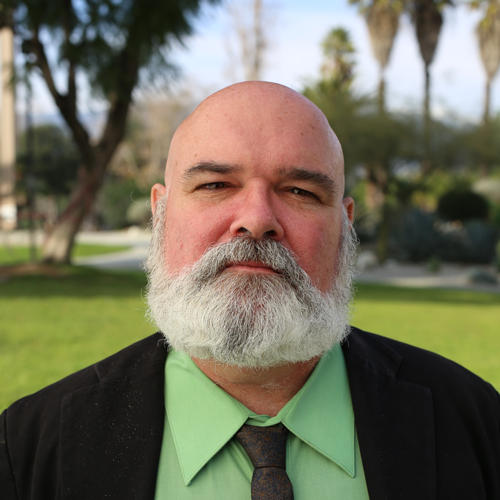The role of neurobiology in differentiating the senses
It is common to account for our senses on the basis of our sensory organs. One way of glossing why Aristotle famously counted five senses—and why his count became common sense in the West and elsewhere—is because there are five rather obvious organs of sense. In more modern accounts, this organ criterion of the senses has transformed into a neurobiological criterion; that is to say, part of what it means to be a sense is to have an associated organ with appropriate physiological properties. For example, part of the claim that humans have a sense of vision is that we have a non-vestigial organ (the eye) that has cells (photoreceptors) especially sensitive to the properties of electromagnetic radiation. However, the nature of this “organ criterion” is a point of some contention. Is it a sufficient criterion? Necessary? To be called “vision” need the organ mediating it give rise to “visual experiences”? This chapter will consider the neurobiological criterion as it was originally presented in Aristotle and later reconceptualized in 19th-century neurophysiologist Johannes Müller’s “Law of Specific Nerve Energies.” By understanding the role of neurobiology in these accounts, we will be able to explore the deficiencies of contemporary accounts that downplay neurobiology in differentiating the senses. We will consider one of these accounts in detail: Alva Noë’s recent arguments in favor of an enactive approach to perceptual psychology.

